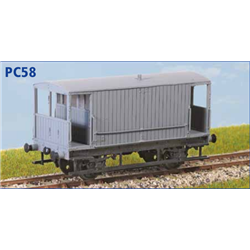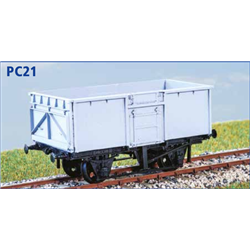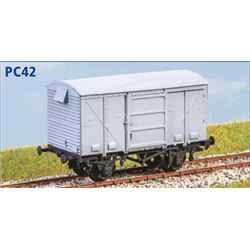There are several ways to construct hills on your layout. The 'hard shell' method consists of making a hard, hollow,...
No products
Product successfully added to your shopping cart
There are 0 items in your cart. There is 1 item in your cart.
Search Tips
Christmas and New Year
We are dispatching orders every weekday apart from Christmas Day, Boxing Day and New Year's Day.
If you select next day delivery at checkout, please note deliveries are not made on public holidays or Sundays.
The shop in Sandown is open 23rd and 24th December, then closed from 25th December, reopening on 30th December.
What is an Inglenook layout?
The Inglenook layout was created by Mr Alan Wright (1928 -2005) and designed on a four foot by one-foot board. This is also known as a shunting puzzle.
The idea is to have your loco and five wagons starting on the main line/shunt head and three wagons in one of the two sidings. Each of the eight wagons need to be identifiable, the easiest way to do this, especially when first starting out is to use numbered stickers from 1 to 8. You could also give them names (private owners) or use different colours.
Then with all eight numbers written on to pieces of paper put them in to a bag, draw five numbers from the bag and this will be the order in which the wagons will need to line up behind the loco by coupling and uncoupling the wagons to get the correct order and complete the puzzle.
This is a great way to improve your shunting skills for both old and new railway modellers alike.
Please note the sidings should accommodate 5, 3 and 3 wagons.
You can have this as a stand-alone layout or as part of a larger layout and it really gets those brain cells working.
Click here to receive the tips weekly in your mailbox. You can unsubscribe at any time.










